April 12, 2018
Victoria Falls
This morning we grabbed our water-proof shoes (for me it was my Keens), plastic bags for our cameras and climbed into a van to head to Victoria Falls. In all honestly, it was the falls that brought us to Zambia. We could have chosen the Zimbabwe side, and I can’t remember why we didn’t, but here we were.
We pulled into the parking lot which was being guarded by a rifle-carrying policeman. There were baboons running around everywhere (and later, when we got back to the van, we found that they had left us some “presents” on the seats).
We walked over to the entrance of the park where Godfrey stopped to give us some history and have us study the 3-D model of the falls.
The Story of Victoria Falls
Victoria Falls, or Vic Falls as it is called here, is a UNESCO World Heritage Site and one of the Seven Natural Wonders of the World. It is on the Zambezi River and is the natural boundary between Zambia and Zimbabwe. Some say that Victoria Falls is home of the largest waterfall in the world. But what about Iguzau and Niagara (please see my posts on these other two magnificent falls)? It all comes down to how you define “largest.” Victoria is the tallest at 360 feet compared to Niagara at 167 feet and Iguazu at 210-269 feet. Niagara had the most water with an annual flow rate of 85,000 cubic feet squared compared to Vic Falls at 38,430 cubic feet squared and Iguazu at 61,600 cubic feet squared. And Iguazu is the widest at 8858 feet compared to Vic Falls at 5604 feet and Niagara at 3947 feet. So each can claim to be the largest in some way. So why is Victoria considered the largest? Because if you combine its width and height you get the largest sheet of falling water.
The falls are not just beautiful but also functional. Opposite the waterfall there is a basalt rock, entirely covered with tropical forest and that forest’s ecosystem depends on the waterfall. In addition, the falls have economical importance as they supply energy to several cities in Zimbabwe and Zambia.
The falls were discovered in 1855 by David Livingstone, the famous explorer and missionary (of the “Dr. Livingston, I presume” fame). I can’t even imagine suddenly hearing this roar and seeing this curtain of water appear before me. But Livingston was annoyed because the falls were an obstacle in his way as he was trying to preach Christianity in Africa. One of the land masses in the middle of the river, from where he first saw the falls, is named after him. Livingstone named the fall in honor of Queen Victoria, his monarch as he was Scottish. But the indigenous name in the Lozi language is Mosi-oa-Tunya meaning The Smoke That Thunders. It has also been called “The Place of the Rainbow.”
The Approach to Vic Falls
We finished our lesson and started walking through the park towards the fall. Way before you can see the falls, you can hear them. The sound is deafening and sounds like rumbling thunder. It is so loud that it can be heard from a distance of 28 miles.
There is one view point where you don’t yet feel the mist and then you better put on a raincoat and cover your personal belongings, especially cameras. We stopped next to a vendor who was renting raincoats for those that didn’t bring one. [Note that is also a good bathroom stop.] I had a special waterproof backpack for my camera which I put on my back under my raincoat. I had my phone hanging on my neck in a waterproof pouch. Turns out that while that does keep the phone dry, the pictures all have raindrops on them. And even with the raincoat, by the end of our walk, we were soaked. Wearing a bathing suit might not be a bad idea!
We began our walk, along the path running right across from the falls. The mist was so strong that it felt like it was pouring rain. Some call the mist “smoke (this the indigenous name). But for me it was neither mist nor smoke. It was a hard, almost painful rain. And yet, it was so strong, that it made us all laugh as we struggled to walk through it. And it was all being blown from the falls by the wind.
At times the rain felt like it was inverted and the wind blew the mist up instead of down. The stairs along the walkway had their own little waterfalls as the water ran downstream.
There were places where we couldn’t even see the falls as the mist was so thick. There are beautiful pictures of the full falls, particularly in the dry season. We never got to see that. We would see bits and pieces, but mostly we had to keep our heads down to keep from drowning.
They say that the spray from the falls can rise up to 1300 feet or higher. It can be seen up to 30 miles away. We did in fact see it both from the road on the drive to the falls, and then, a few days later from the airplane as we left Zambia.
Victoria Falls Bridge
There is a beautiful old arched bridge, with a parabolic curve, which links Zambia and Zimbabwe. I would have loved to walk across, but we didn’t have visas for Zimbabwe. The bridge was part of a grand plan to link the Cape to Cairo, all along Africa, but that never happened. The plan was that the spray from the falls would hit the train. We mostly could see it in-between raindrops.
Rainbow
 We did get to see our rainbow. After all, what is a waterfall without one?
We did get to see our rainbow. After all, what is a waterfall without one?
Time to Dry Off and Shop
We finished our walk and made our way back to the starting point. We peeled off our very wet raincoats and wished we had a change of clothes. But the weather was warm as we quickly dried off.
We walked back towards the car, stopping at the different souvenir shops. There was a large group of women with their children standing around. One baby caught my eye, and the mother allowed me to photograph her.
Roberta, Phyllis and I walked from one shop to another and finally settled on the one we wanted to buy from. We bought some dolls in indigenous garb. Of course we had to bargain. We had fun with the owner and his two buddies, all of whom had their own stalls and got into the spirit of bargaining with us. One told me that for an extra dollar he would tell me the legend. I negotiated him down and had him include the story in the final price.
Here are two legends, not surprisingly, having to do with water as an influence of Vic Falls.
The Legend of Nyami Nyami
One of the most powerful gods, Nyami Nyami is also one of the most mysterious. Also known as the “Zambezi Snake Spirit”, Nyami Nyami is usually portrayed as a dragon-like creature with a head of a fish and a body of a snake and who sometimes resembles a whirlpool. But this god always protects the Tsonga people. When Nyami Nyami is angered, it is the role of tribal elders and spirit mediums to communicate on behalf of the inhabitants of the river. Not to be taken lightly, Nyami Nyami controls life in and around the Zambezi River. Legend has it that Nyami Nyami and his wife, the goddess of the underworld, once lived in the Kariba Gorge. During this idyllic time, the people of the river lived in isolation and had little or no contact with the world outside. However, by the 1940s the grasp of colonialism was extending to unexplored terrains and by 1956 the construction of the Kariba Dam had begun. This disturbed the harmony of the river irrevocably and Nyami Nyami was deeply offended by the construction and the dam wall that forcibly separated him from his wife. The subsequent floods and deaths were attributed to his vengeful wrath and once the dam was completed Nyami Nyami disappeared completely from the world of mortals.
Kitapo, The River Mermaid
Perhaps as a survival mechanism, Katipo (a lesser-known Zambezi river spirit) was said to have adopted the identity of a mermaid. Witnesses of Kitapo claim that the mermaid usually demands offerings from the fearful inhabitants on the riverbank. Kitapo has also been known to pull human sacrifices down to the bottom of the river in order to feast upon them. However, those who are innocent and pure of heart need not fear, Kitapo is said to be somewhat of an odd hero. Rescuing children from the rapids and punishing criminals, Kitapo is equally feared and loved.
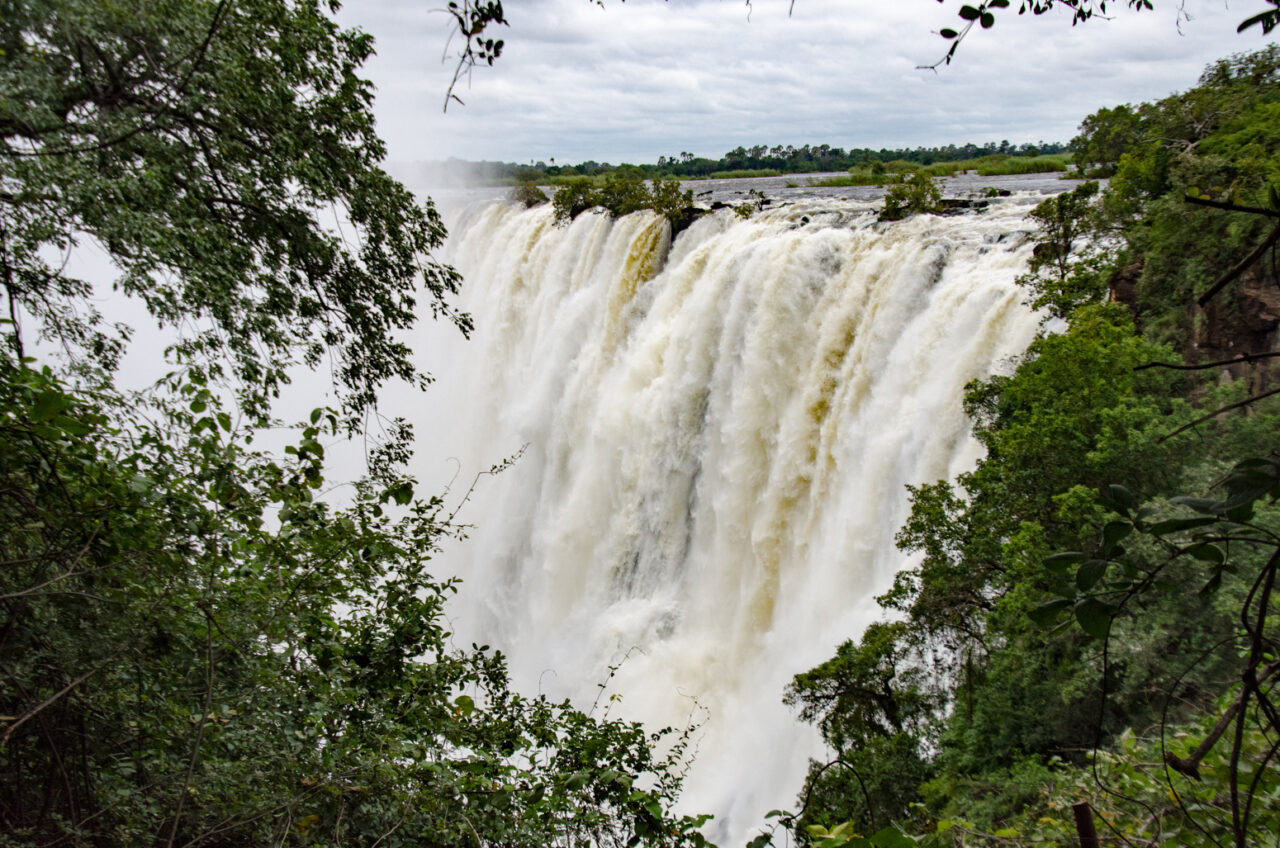
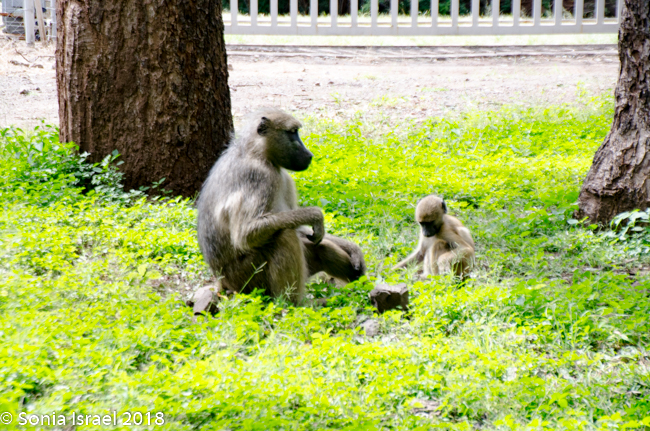
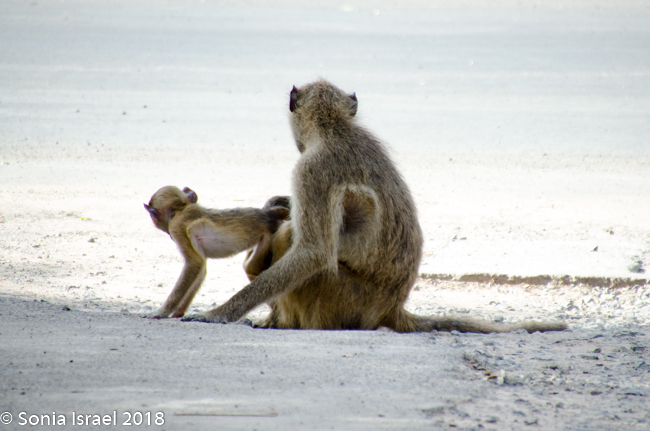
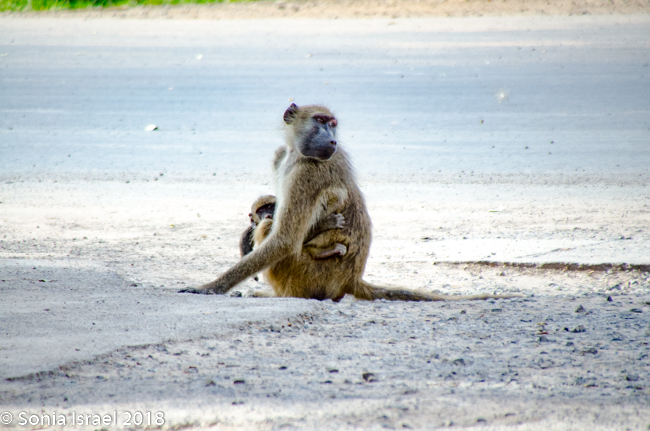
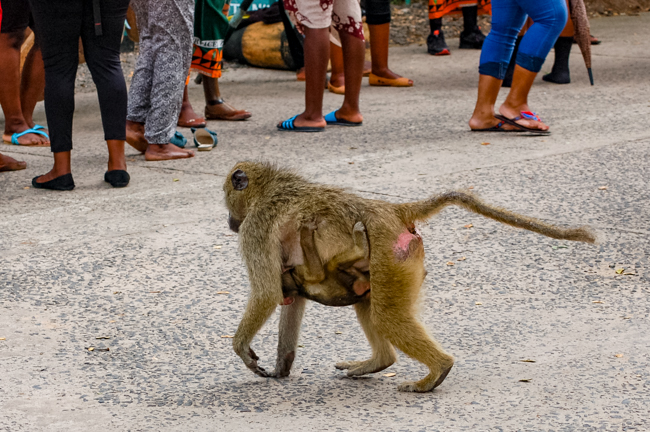

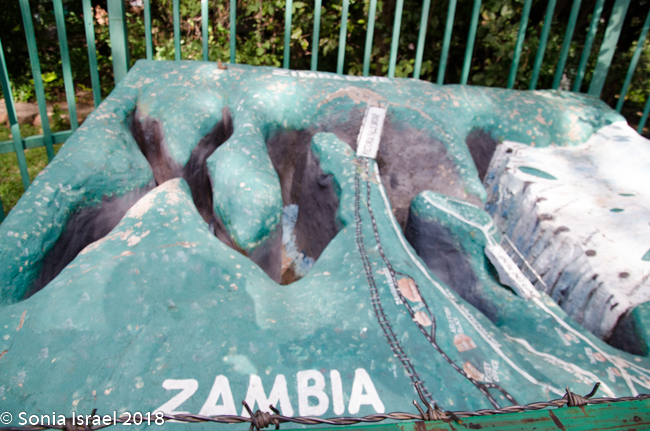
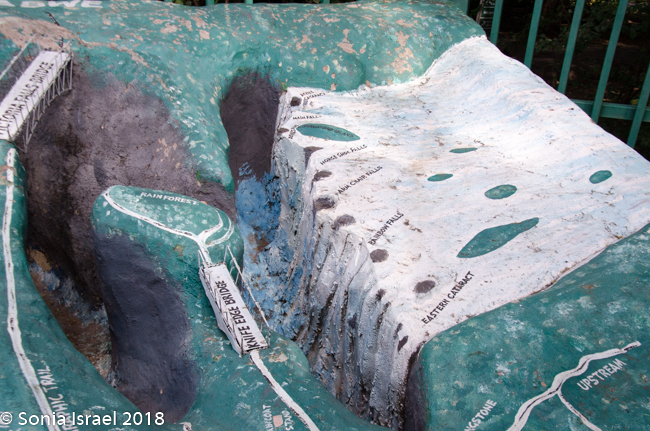
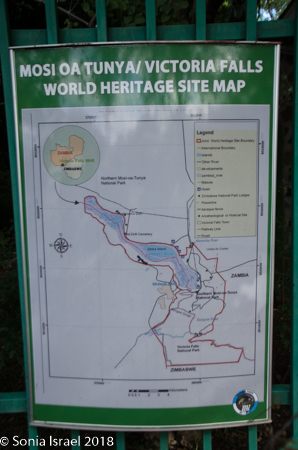
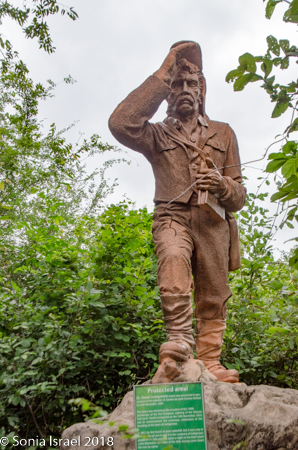
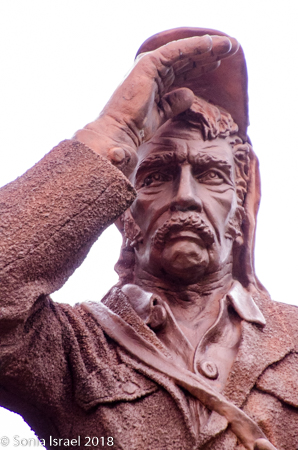
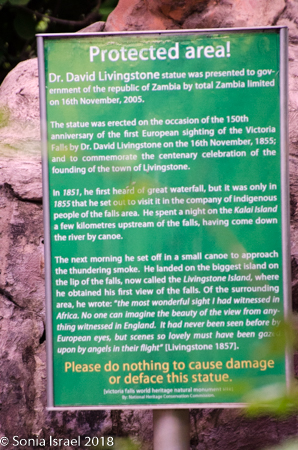
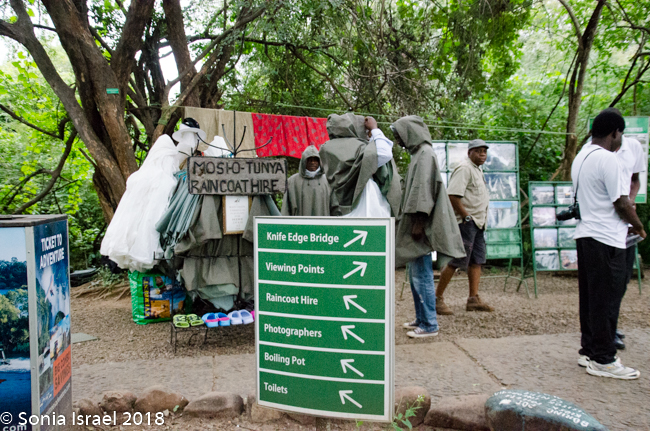
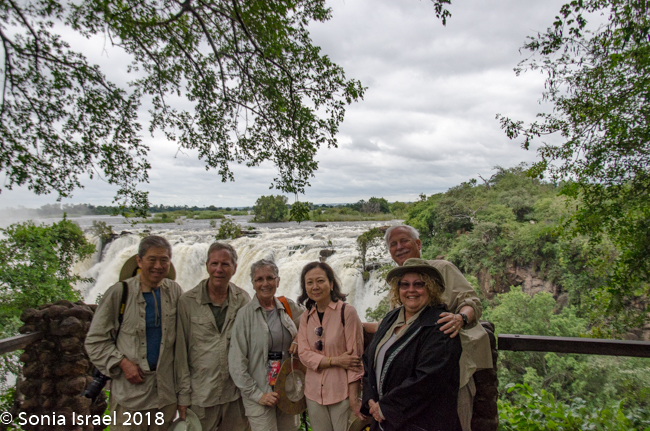
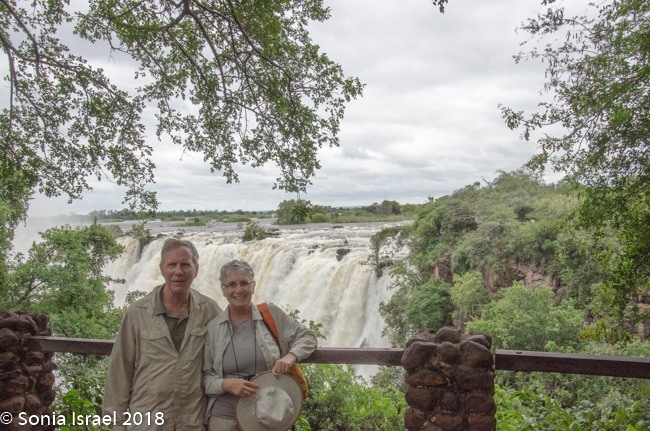
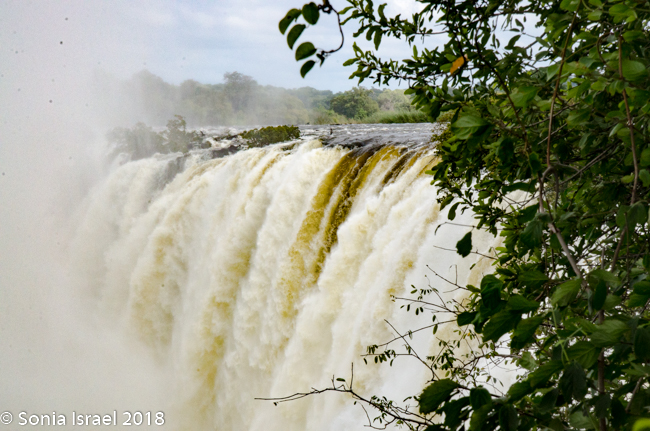
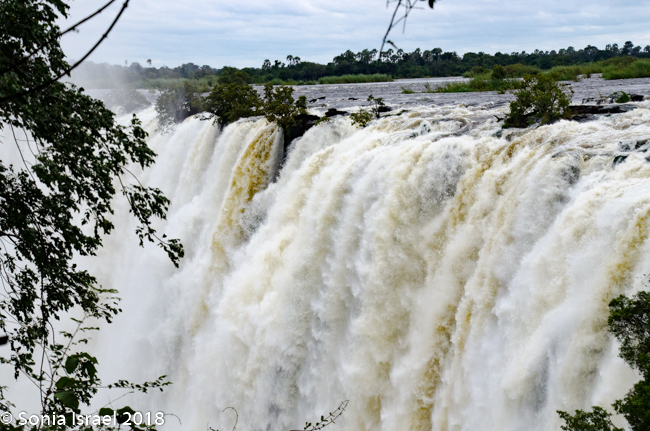
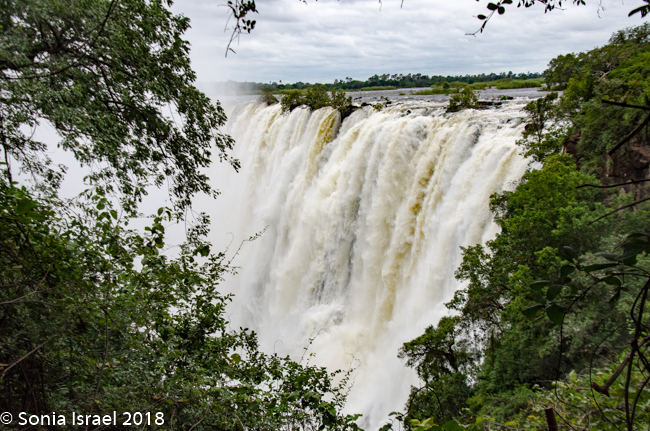
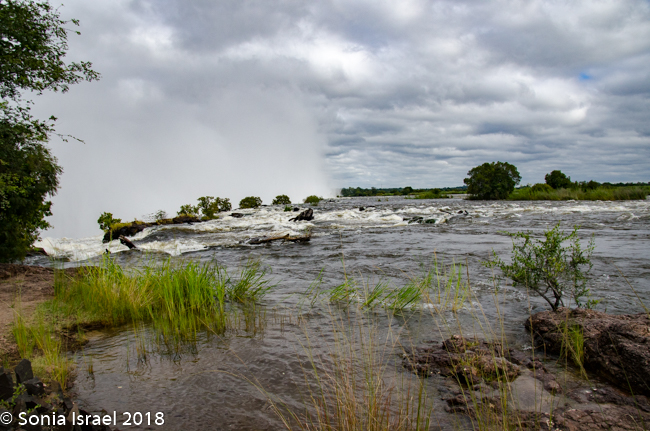
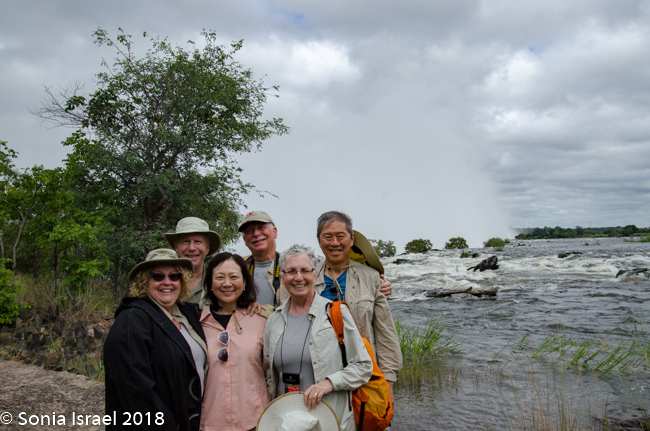
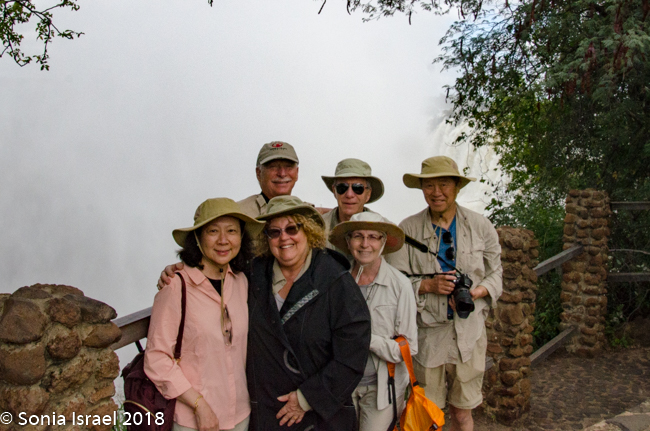
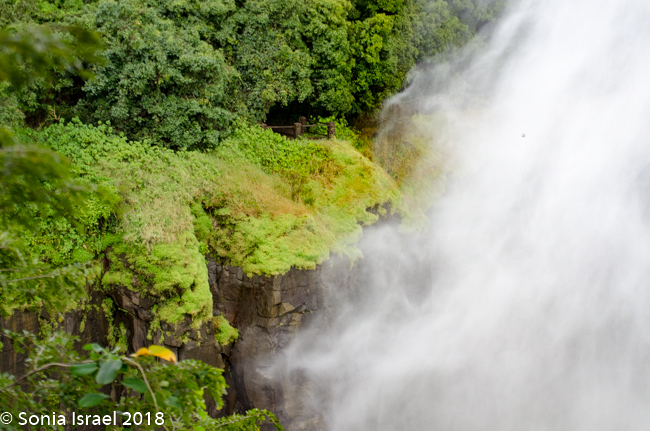
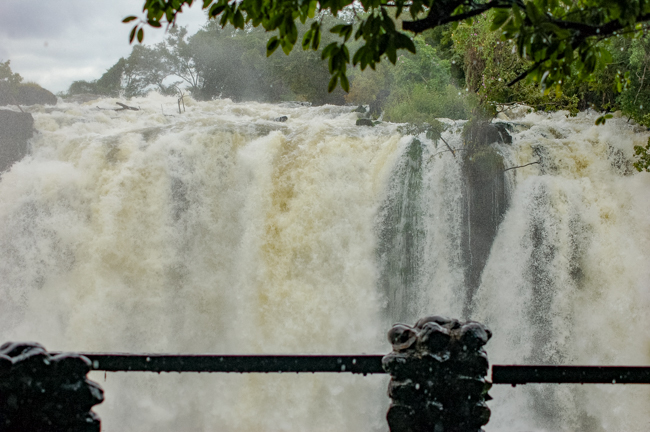
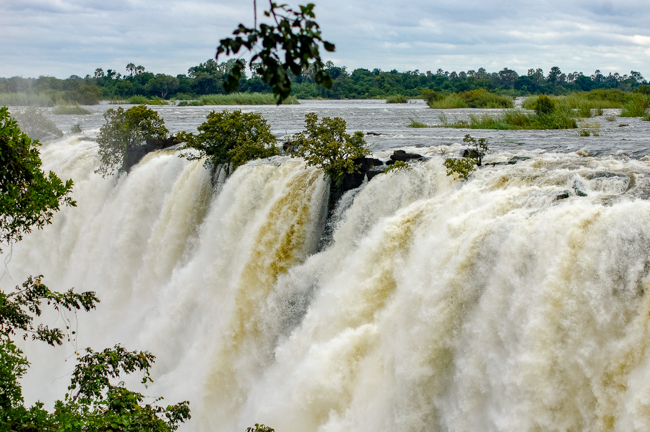
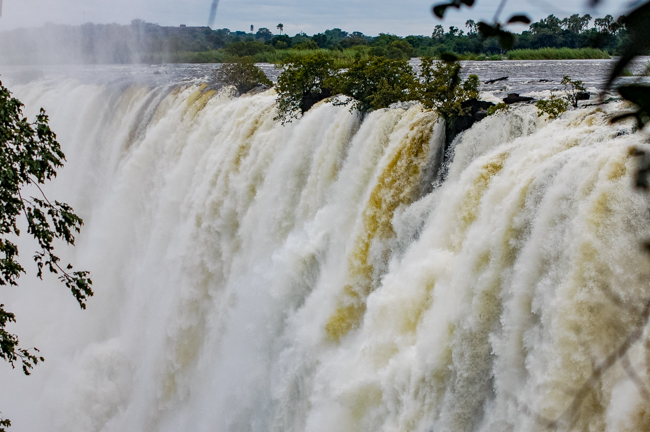














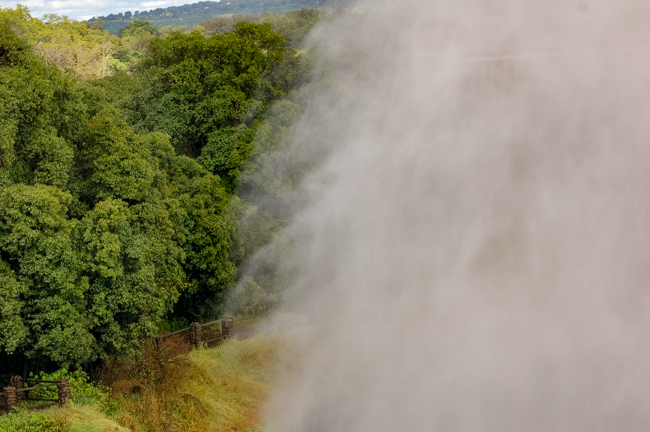
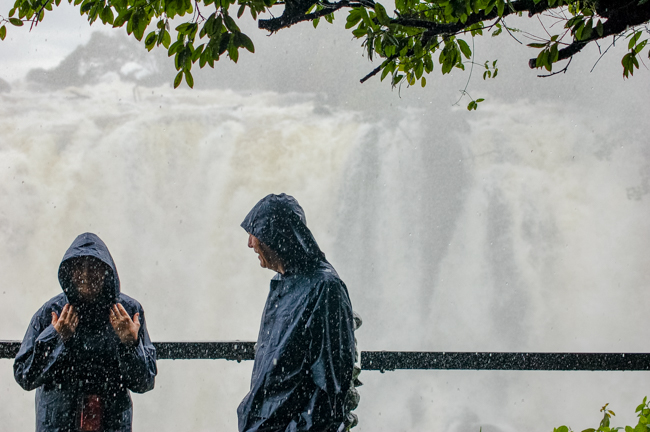
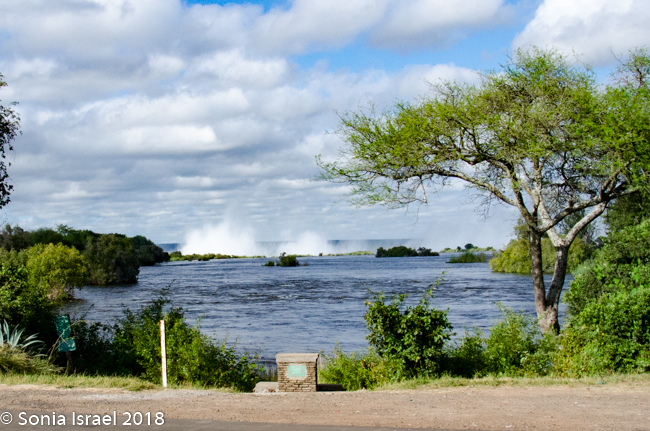
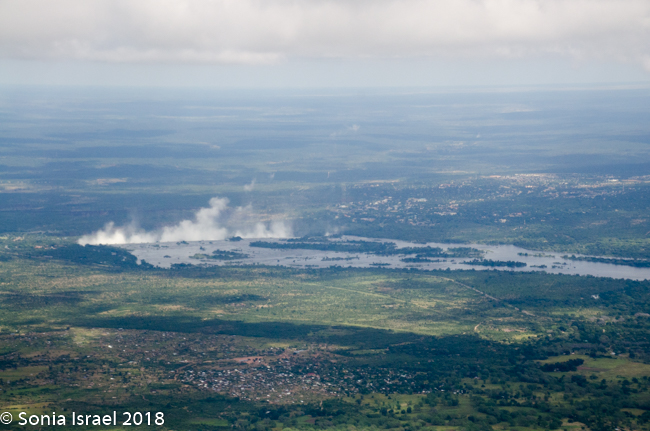
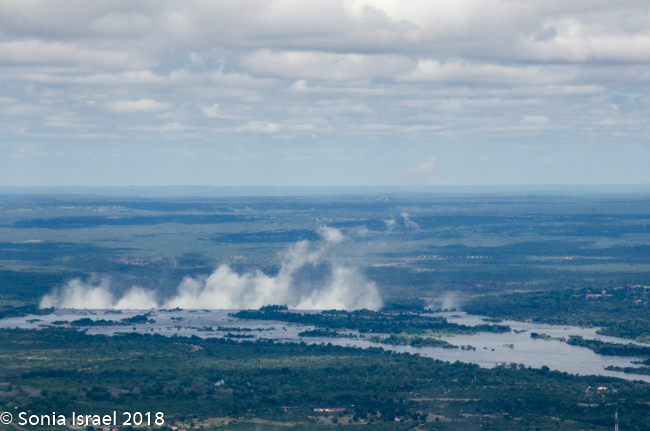
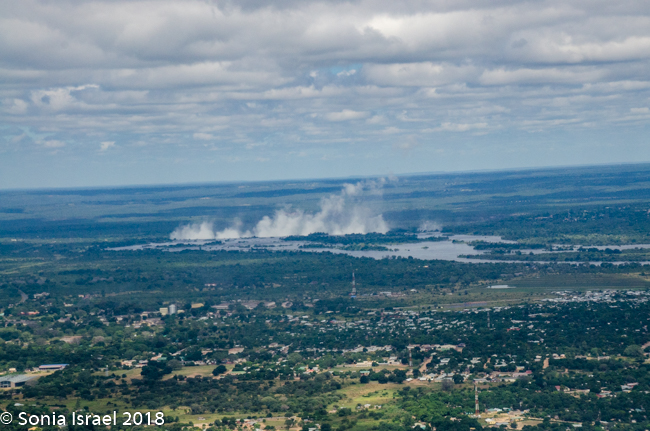

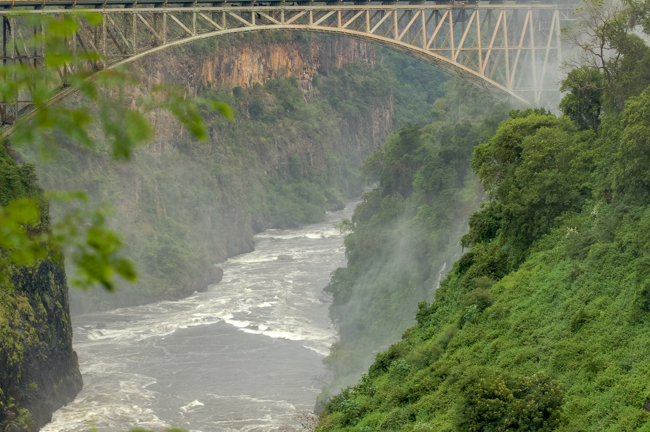
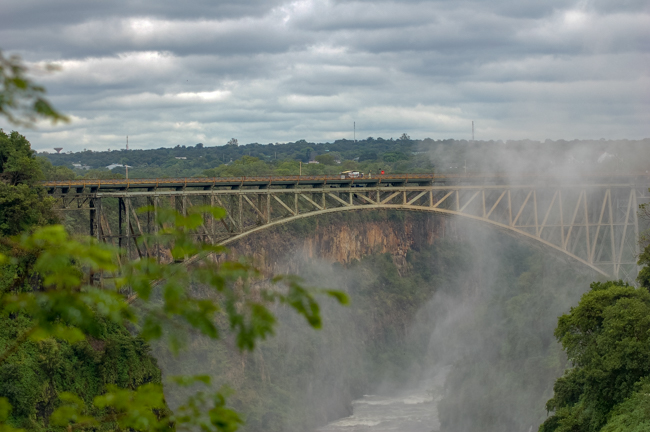





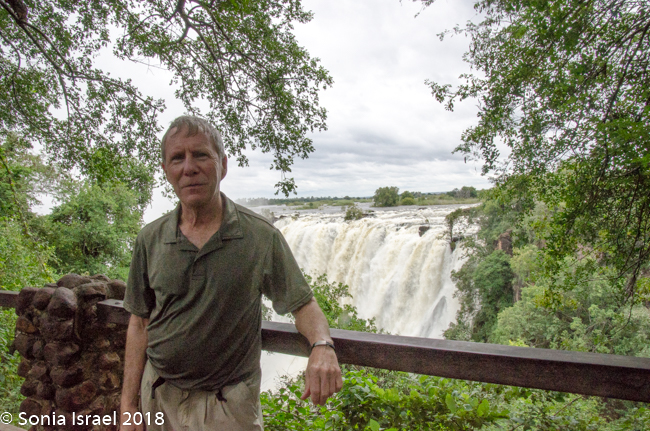



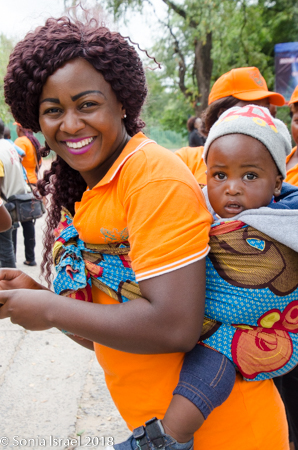
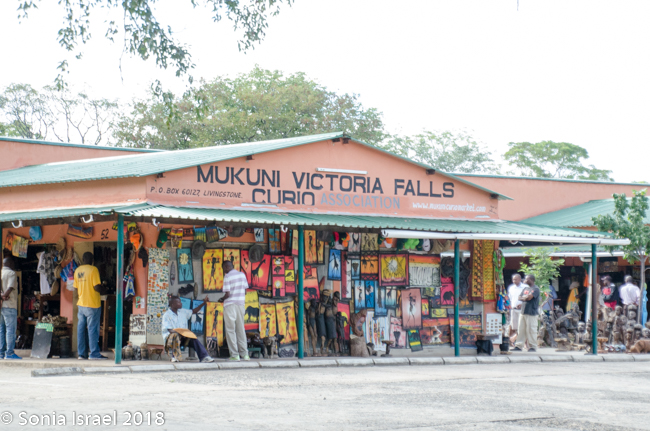
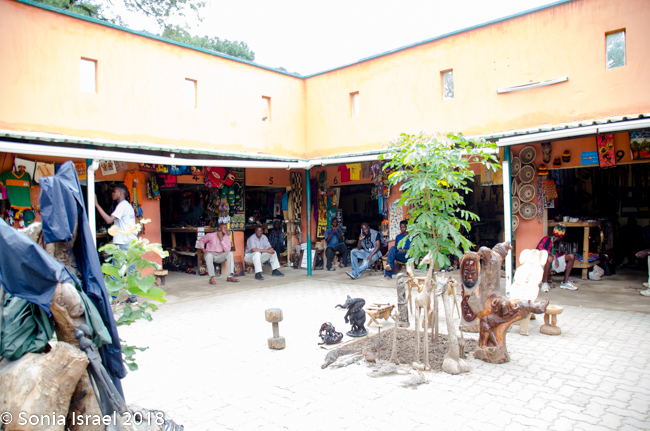
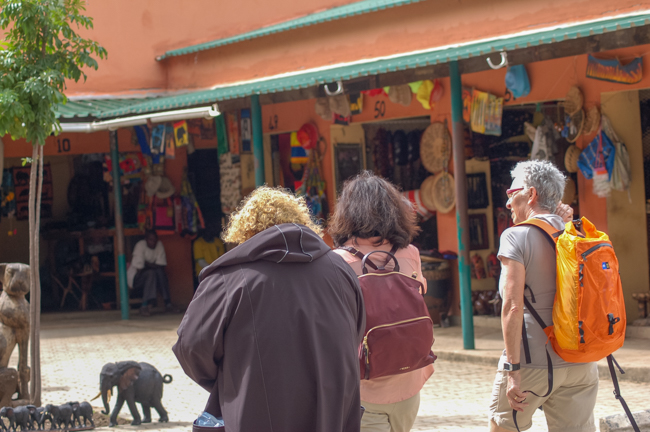
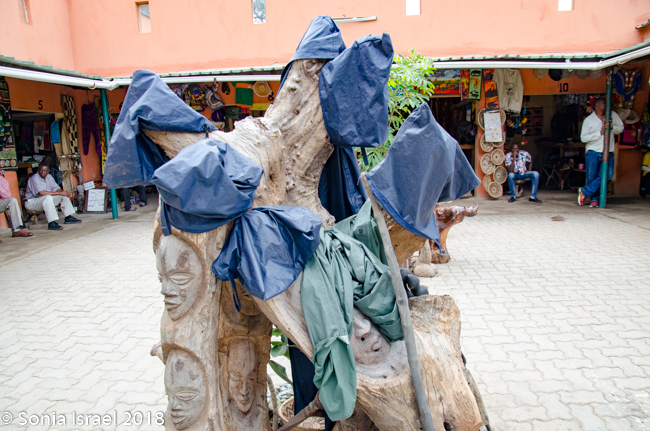

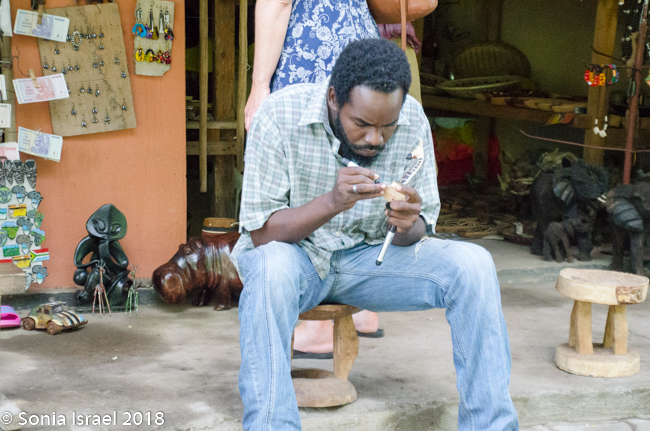

Leave a Reply